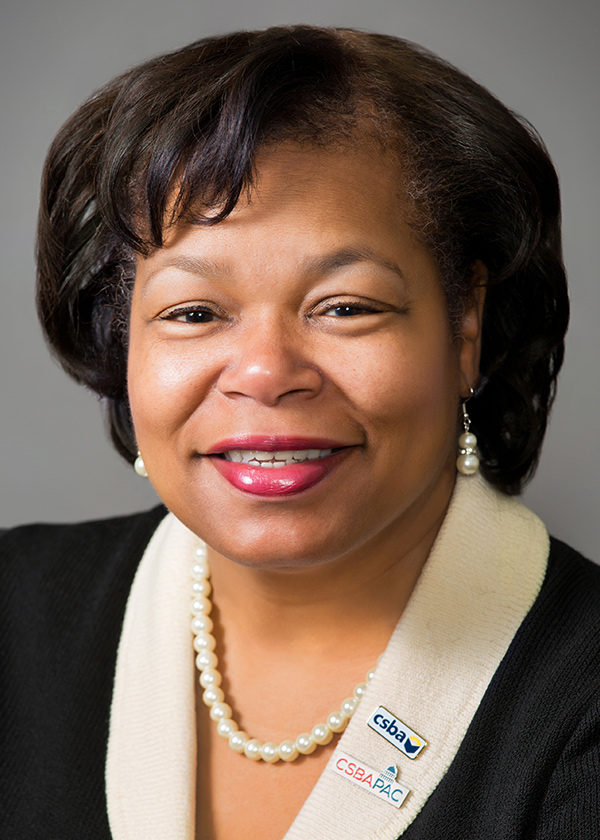
A comprehensive approach to school safety starts with school culture. Research shows that creating positive school climates helps boost student achievement and increase high school graduation rates. Developing this positive culture involves integrating social-emotional learning into instruction and school management; encouraging and maintaining respectful, trusting relationships between students and adults; and implementing a multi-tiered system of support that offers universal academic and behavioral support to all students while recognizing that some students need extra support to thrive and achieve in school. Boards can contribute to this important work by making positive school climate a districtwide priority and including it in strategic plans, budgetary decisions, curricular adoption criteria, and policies and regulations.
Boards should also play an active role in reviewing comprehensive school safety plans. State education code requires school districts and county offices of education to approve these plans annually and they offer an important tool to prepare for emergencies and maintain a safe and secure school environment. It is of critical importance to include plans for all manner of emergencies, from school violence to natural disasters, and to constantly refine these plans – not just rubber stamp them. When creating your safety plan, experts recommend working with local and county disaster response agencies, law enforcement and emergency response agencies to gather their input. Also keep in mind that local school sites are often designated as community shelters in times of emergency, so districts and schools should be prepared to offer refuge to the community and have a plan in place for communicating updates to students, parents and the community at large.
It’s doubtful that communication and planning is ever more important than in the case of a school shooter. Unfortunately, a 2017 school violence survey by the Bureau of State Audits found that many of California’s public schools do not have a plan for an active shooter on campus and are unprepared for gun violence. While these incidents are rare, we all know the devastating reality of these incidents occurring at all. Having procedures and protocols in place — procedures that are well disseminated and that are practiced — can save lives.
For example, in 2017, a school secretary at Rancho Tehama Elementary School heard gunshots from her office and quickly ordered a school lockdown. School staff collected students from the playground, barricaded the school and sheltered in place as a gunman rammed through the front gates of the school. He exited his pickup truck armed with a semi-automatic rifle and, finding himself locked out of the school, fired instead at the walls and windows before he reportedly became frustrated and left. Two students were injured, one from a bullet that penetrated the wall. But the quick thinking and preparedness of the school staff prevented even more injuries, and no lives were lost at the elementary school campus of about 100 students.
This is an extreme incident and we all hope we won’t experience similar traumas. Still, it pays to hope for the best and plan for the worst. It’s our duty and the sacrifice of preparation is preferable to
a lifetime of regret.